Nicotine’s Impact
When it comes to the dangers of tobacco products, it is critical to understand the impact of nicotine. Nicotine is the addictive component that hooks users and keeps them coming back for more. Over time Big Tobacco has developed products that reinforce nicotine addiction through flavors, highly persuasive marketing and the use of social media to target young consumers.
Let’s get a better understanding of how nicotine impacts young bodies and minds, along with the serious risks involved.
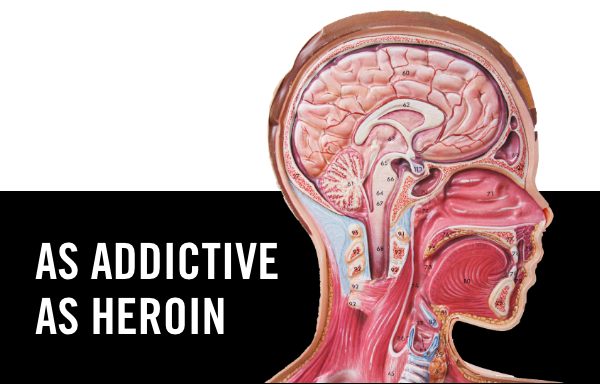
What is Nicotine?
Nicotine is a drug, but not just any drug. It’s a stimulant that is as addictive as heroin and cocaine.
Research links nicotine to high blood pressure and an increased risk of heart attack. In young users, nicotine can have detrimental effects that include difficulties learning, impulse control issues and addiction problems. Underage nicotine users are also at a higher risk of smoking cigarettes later in life.
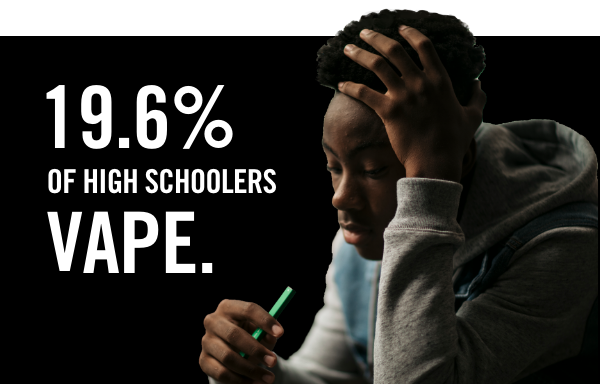
Nicotine’s Lasting Impressions
Human brains develop until we reach our mid 20s.
The fastest, most critical brain growth occurs during teen years.
Using nicotine at a young age permanently alters the brain. It forges new pathways that can lead to lifelong issues such as impulsivity and mood disorders.
Consequences of the Vaping Epidemic
The youth vaping epidemic continues to threaten our kids. Learn how to spot symptoms of nicotine addiction:
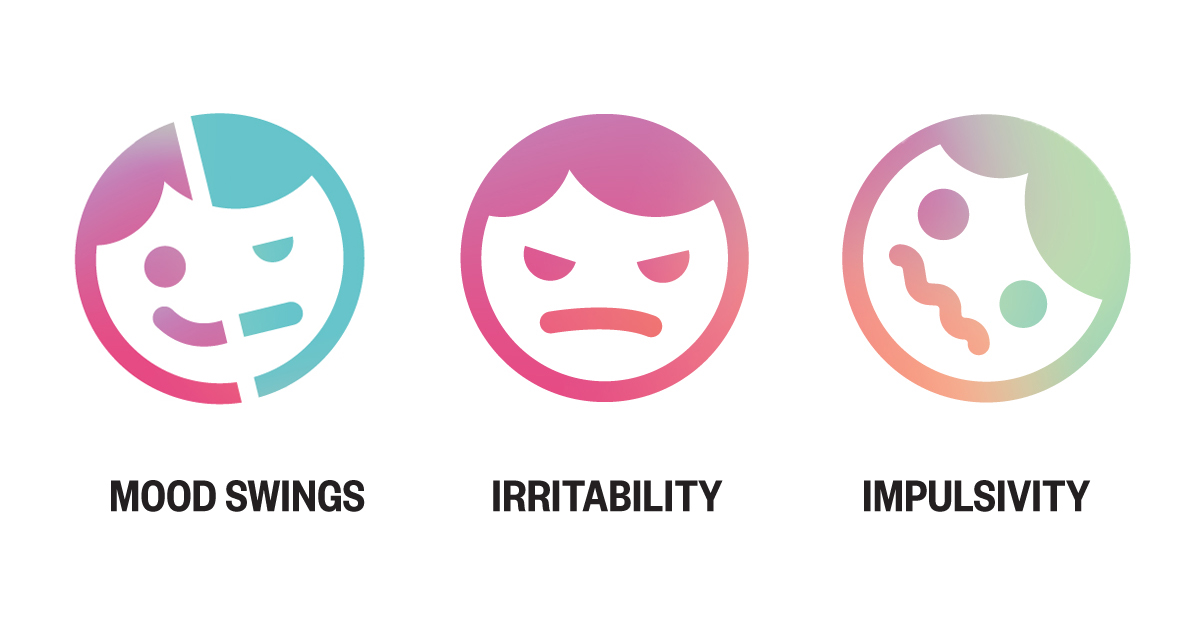
- Anxiety
- Learning difficulties
- Nosebleeds
- Increased thirst
- Caffeine sensitivity
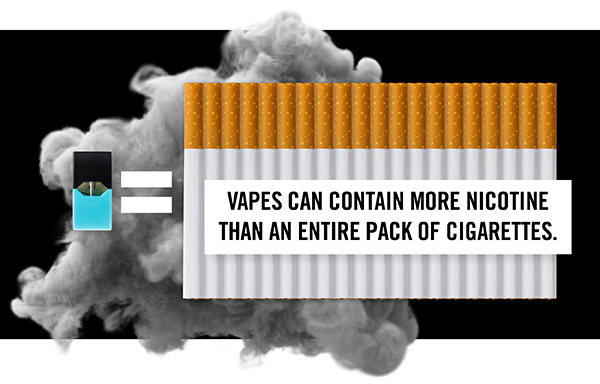
Nicotine Poisoning
Vapes combine nicotine with sweet flavors specifically formulated to conceal its harsh taste. That combination can be medically dangerous.
Vape pods often contain somewhere around 400 puffs, and can contain more nicotine than an entire pack of cigarettes. While that sounds like a lot, young vape users may not have the impulse control to understand when enough is enough, which can lead to nicotine poisoning.
Here are some symptoms of nicotine poisoning, AKA nic-sick:
- Nausea or vomiting
- Quick, heavy breathing
- Dizziness or tremors
- Loss of appetite and mouth watering
How long does nic-sick last? That depends. However, if any of these symptoms persist for 30 minutes to 4 hours — or if they shift into any of the following symptoms — go to the emergency room.
- Diarrhea
- Extreme fatigue
- Weakness, slow breathing, or unable to control muscles
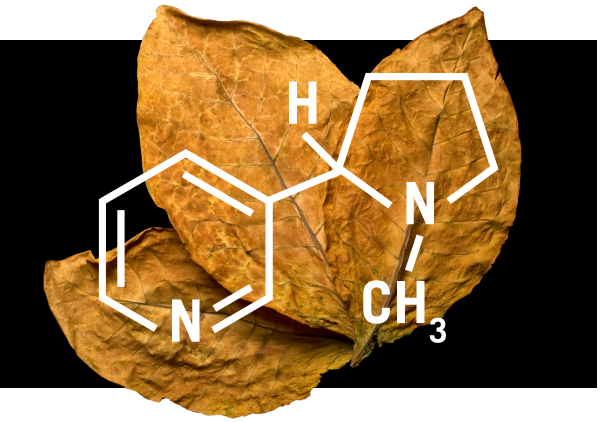
Nicotine and Tobacco
Nicotine is derived from the tobacco plant and is a tobacco product.
Products with synthetic, lab-made nicotine are falsely claiming to be “tobacco-free” despite sharing the same chemical makeup and addictive quality as traditional nicotine.
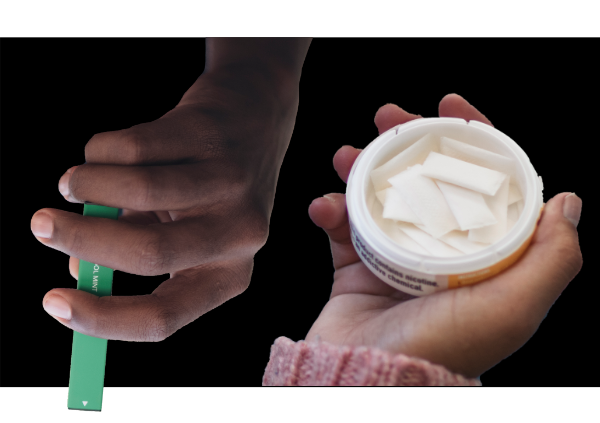
What’s Different About Nicotine Replacement Therapy?
Recently, nicotine products like toothpicks, pouches and vapes have emerged. How are these products different from FDA-approved nicotine replacement therapy?
Nicotine replacement therapy drugs are approved and regulated by the FDA. These drugs are scrutinized, controlled and monitored to the highest degree. Not all tobacco-free nicotine products are FDA-approved. Ultimately, users of these products cannot be certain of what, exactly, is inside — including dangerous chemicals and additives.
These new products pose a serious threat to our youth. Many of them come in a variety of flavors that are proven to entice new users, while making it that much harder to quit.
Talk to your kids early — and often — about the dangers of nicotine.
Find age-specific tips for effective conversations here.

Resources for Teens to Quit
If your teen uses vapes — or any nicotine product — FREE help is here. My Life, My Quit offers text-based support to quit.












